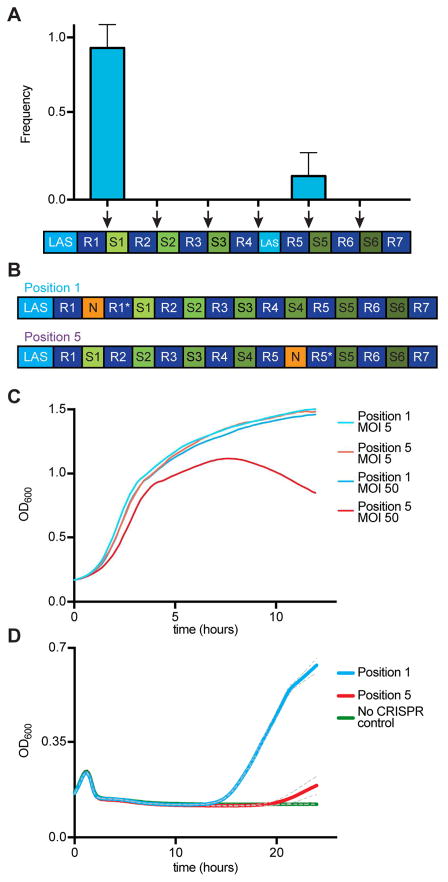Figure 4. Leader-end spacers provide more robust immunity than spacers in the middle of the CRISPR array.
See also Fig. S3.
(A) Analysis of the site of spacer integration in a strain harboring two copies of the LAS, upstream of the first and fifth repeat. A culture was infected with ϕNM4γ4 at an MOI of 1. The CRISPR array from surviving cells was amplified and subject to Sanger sequencing to determine the position of integration (marked by the red arrows) of new spacers. Mean ± S.E.M. of four replicas are reported.
(B) Two strains were engineered to test the levels of CRISPR-Cas immunity provided by the same spacer sequence located in the first (Position 1 strain) or fifth (Position 5 strain) position. In addition, the cas1 gene was mutated to prevent the acquisition of new spacers.
(C) Growth of Position 1 and Position 5 cultures infected with phage ϕNM4γ4 at MOI 5 or 50 followed by the measurement of optical density at 600 nm (OD600). Cells lacking a CRISPR-Cas systems were used as control. Mean of three replicas are reported.
(D) Simulation of CRISPR immunization with Position 1 and Position 5 strains. Position 1 or Position 5 cells were diluted cells lacking CRISPR-Cas in a 1:10,000 ratio and infected with phage ϕNM4γ4 at an MOI of 1. Cell growth that results from CRISPR-Cas immunity was monitored by optical density measurements at 600 nm (OD600) for 24 hours. Mean ± S.E.M. (grey dotted line) of three replicas are reported.

